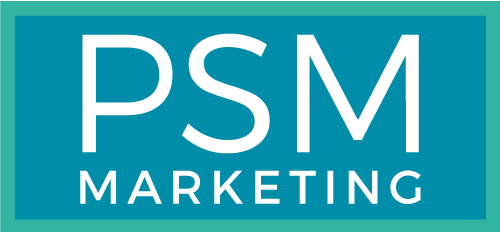 Developing a strategic plan is an integral step toward any local government’s success. Serving as a road map for townships, cities, counties, and states, strategic plans outline broad goals and initiatives to be accomplished on a set timeline. Whether you’re trying to bring new business to your area, tackle a public health crisis, or provide high-speed internet to your residents, marketing plays an important role. Unfortunately, many local government organizations view marketing as a luxury that ultimately takes a backseat to the strategic plan. This is a mistake.
Developing a strategic plan is an integral step toward any local government’s success. Serving as a road map for townships, cities, counties, and states, strategic plans outline broad goals and initiatives to be accomplished on a set timeline. Whether you’re trying to bring new business to your area, tackle a public health crisis, or provide high-speed internet to your residents, marketing plays an important role. Unfortunately, many local government organizations view marketing as a luxury that ultimately takes a backseat to the strategic plan. This is a mistake.
At some point in time, your local government worked tirelessly to draft your strategic plan. Work session upon work session, sometimes heated debates on the direction of your government…ringing any bells? Lots of time and effort went into the development of your strategic plan, but for whose benefit? How many of your local residents or businesses are familiar with your 25-year fiscal goals? You probably (hopefully) refer to your strategic plan in department or leadership meetings, but does the public care? No. They don’t, which is a missed opportunity. Your strategic plan should be a tool for community engagement. Are you a forward-thinking entity? Do you have a concrete plan to improve local infrastructure? Do you have achievement gaps you’re working to close? This is what people care about. This is what you must communicate.
Your Strategic Plan: Communication is Key
How do you communicate with your residents and local businesses? Mail? Email listservs? CRM platforms like Mail Chimp or Constant Contact? As you know, accessibility is essential when communicating with these groups, which is why you should utilize a combination of paper and electronic communications. Communicate with your residents and businesses so they see you as a proactive (not reactive) force in your community.
For more information on how strategic plans can be used as tools within your community, contact us >

